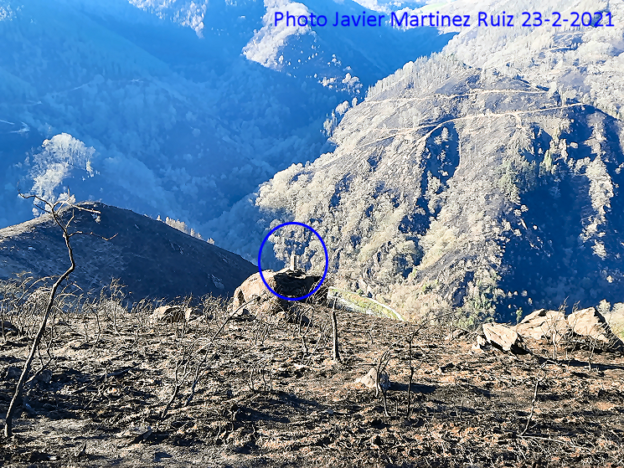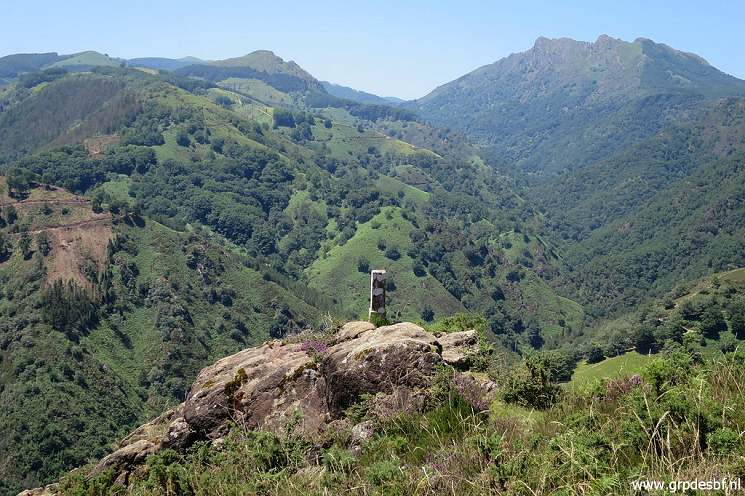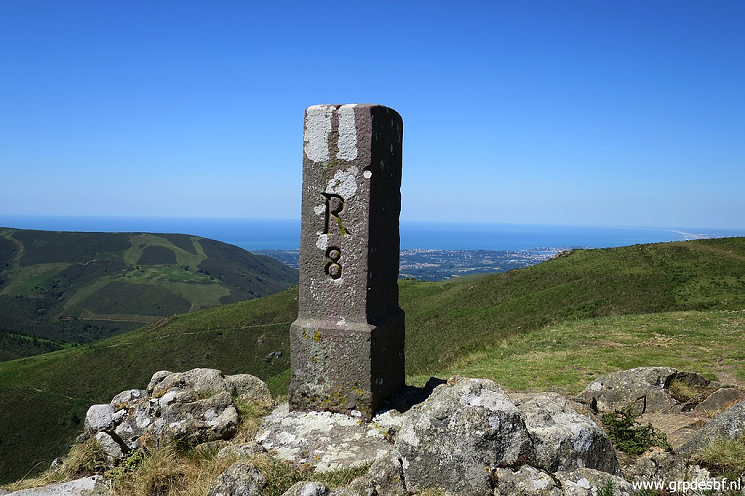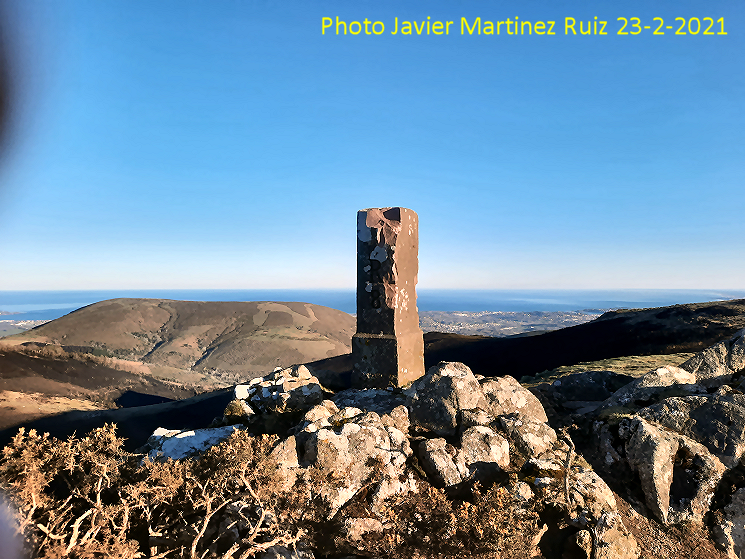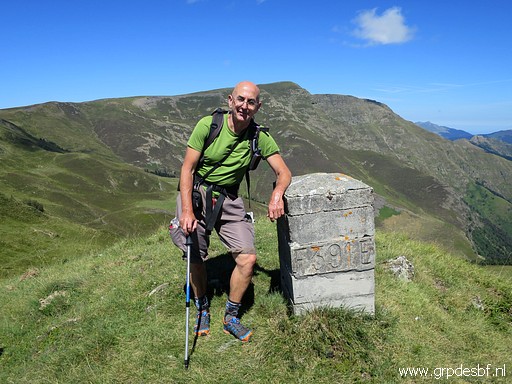I used to receive once in a while pictures of esfr-bordermarkers of Sébastian Marc and I wondered who he was and if he aimed at ‘doing’ all the esfr-bordermarkers. To my surprise, he happened to be not a retired sexagenarian or septuagenarian but a young and athletic man with a passion to find and photograph every esfr-bordermarker.
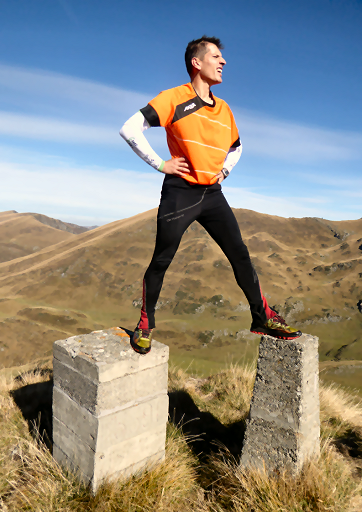
Sébastien is 44 years old and works in logistics. Being a devoted Pyrenees-walker since long, he started with ultra-trailrunning in the Pyrenees 10 years ago. And then he discovered the esfr-bordermarkers and that became his next goal. He has covered ± 75% of all esfr-bordermarkers and remembers bm542 as being the most difficult to reach, bm510 as the most beautiful, and bm143 as unfindable until now.
But he is not alone: he dragged his cousin Jérôme Loubière into this passion and Jérome started his own project to do them as well.
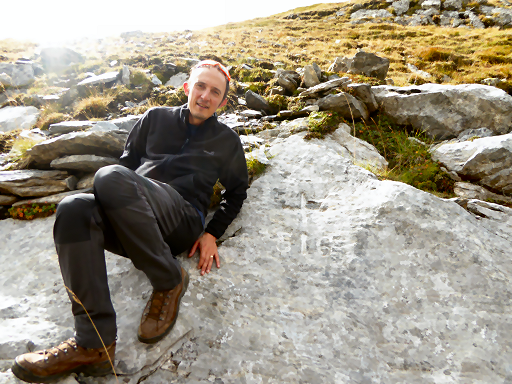
Jérôme is 45 years old and a mathematics and language teacher. He also mentions the bordermarkers near Coustouges (bm536-524) as being the most difficult and thinks that bm601 is the most beautiful with its view over the Mediterranean. He has done ± 50% of all bordermarkers.
They often go together for one or two days but in order to catch up with Sébastien, Jérôme also makes trips alone or with his family. They call themselves ‘ramborneurs’, I supposed a combination of ‘Rambo’ and ‘borne’ but it happens to be a less testosterone-driven combination as Sébastien pointed out later: ‘les randonneurs qui cherchent des bornes’.
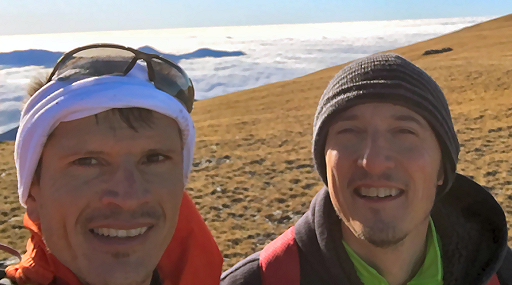
And how far are they? Well, Sébastien is way ahead of Jérôme with 524 bordermarkers covered so far while Jérôme has done 363 markers until now. They both refer to the total number of 602 bordermarkers but in fact, there are a lot more markers. In my definition and counting (see this page), there are 723 markers that fit somehow in the alpha-numerical sequence between no. 1 (Basque country) and 602 (Mediterranean coast). There are 6 markers missing (see this page)
That leaves 717 individual markers to be photographed to enter the list of the ones who did them all (see this post).
And to finish: Sébastien has even baptized a stone pillar on his property as marker 603, to prove his devotion. He is not the only one to have a personal bordermarker in the garden: see Serge Poncet’s bm583bis.
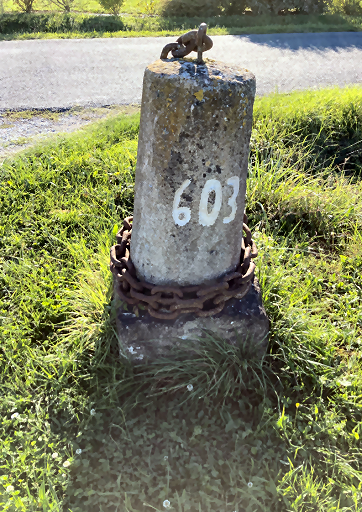
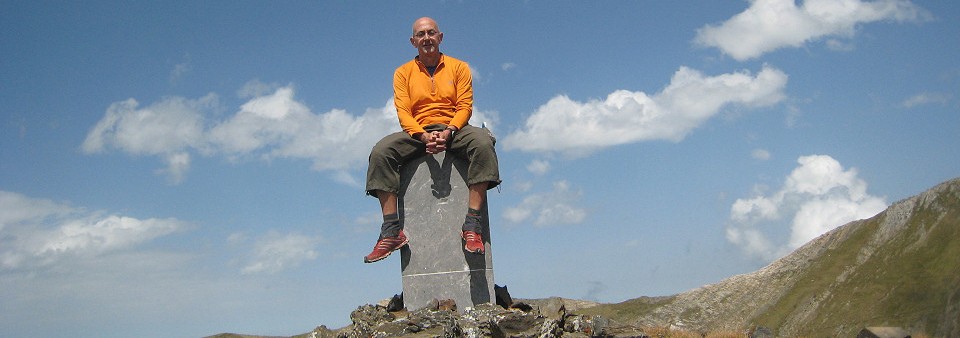

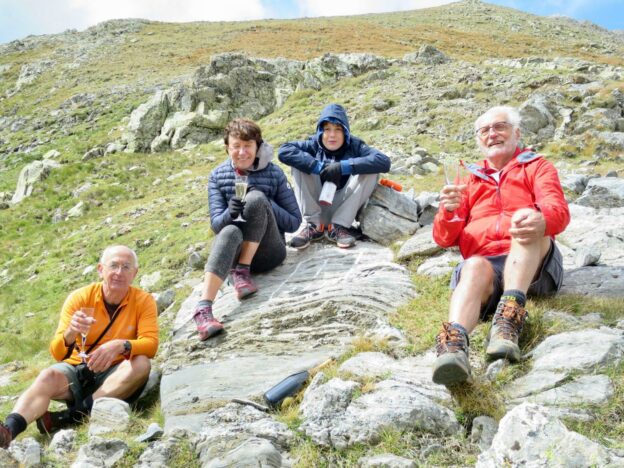
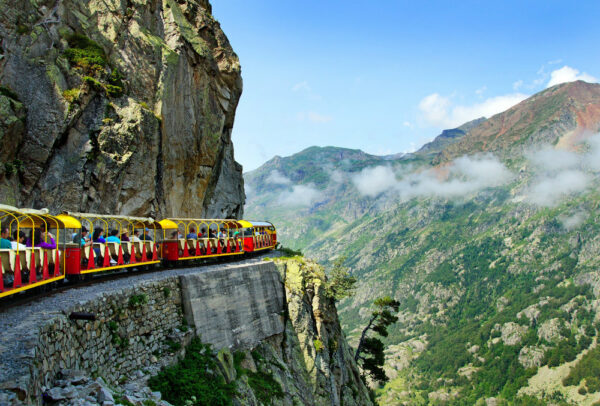
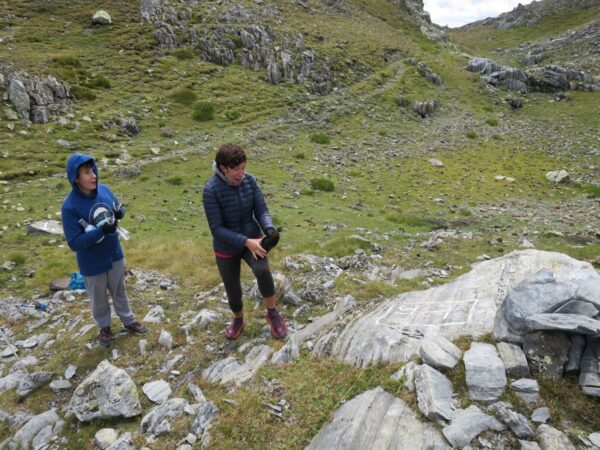
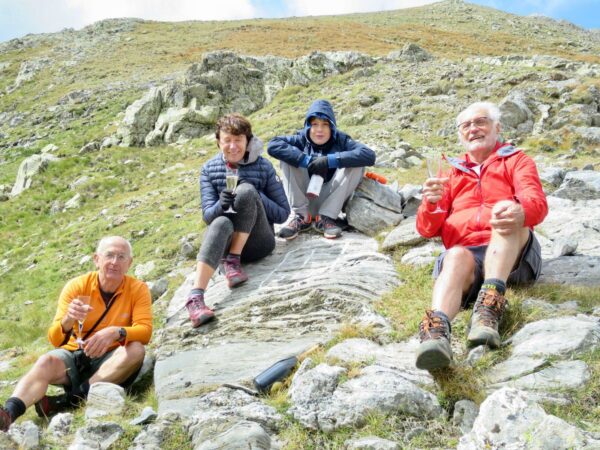
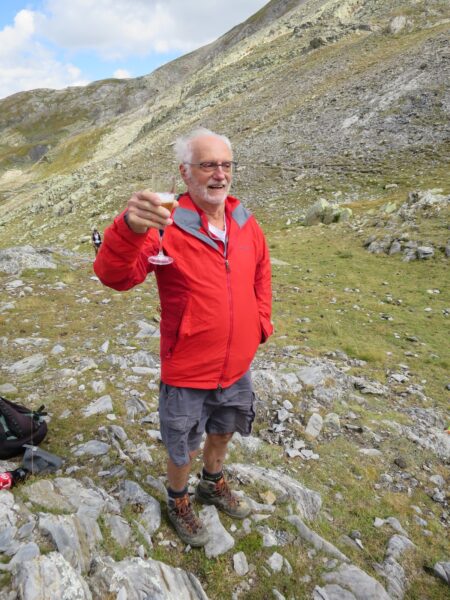

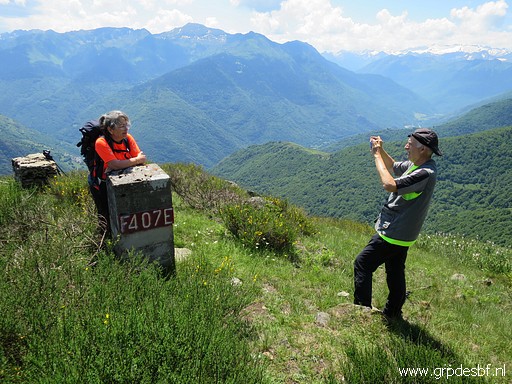
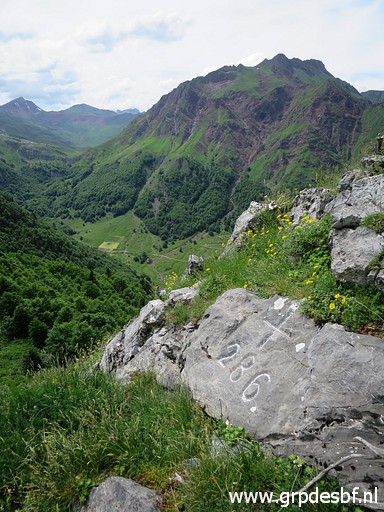
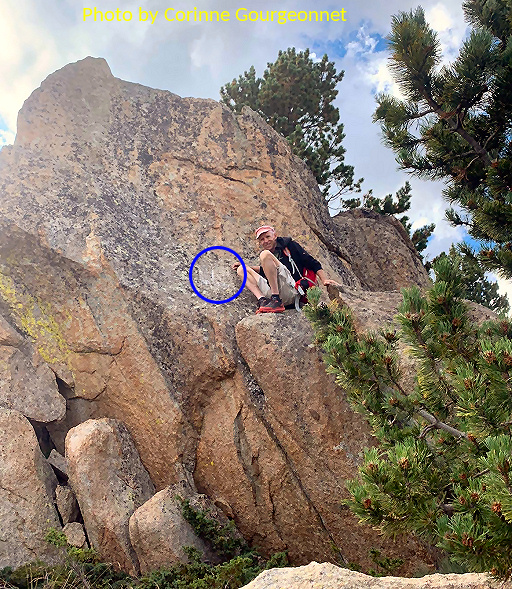
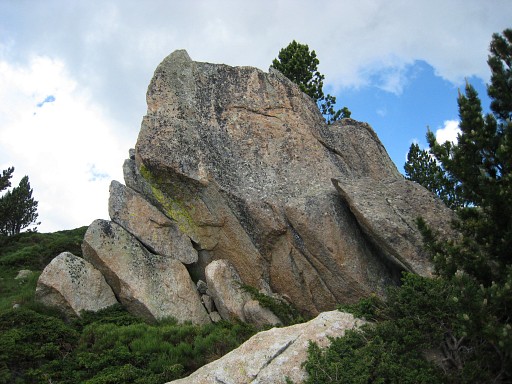
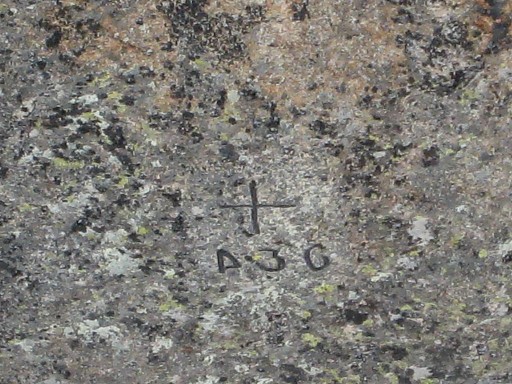

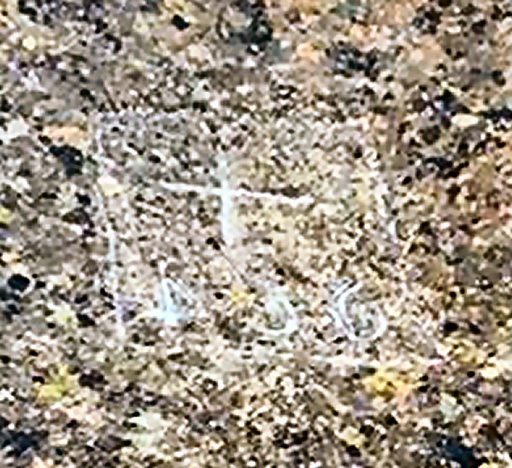
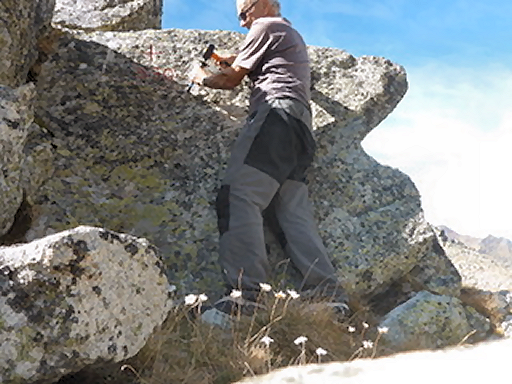
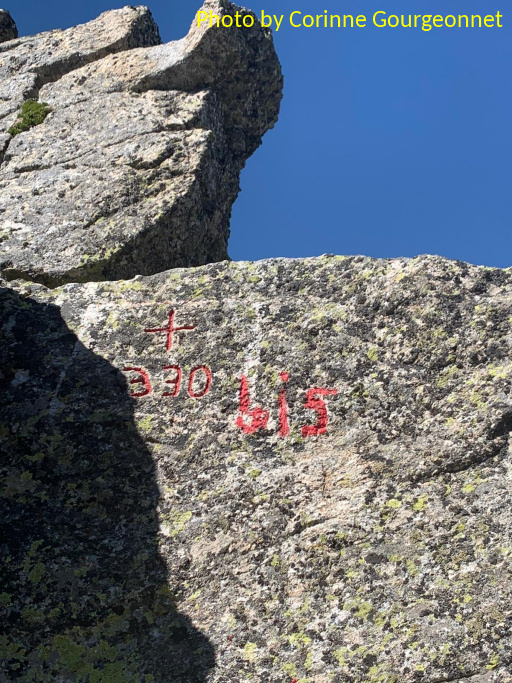
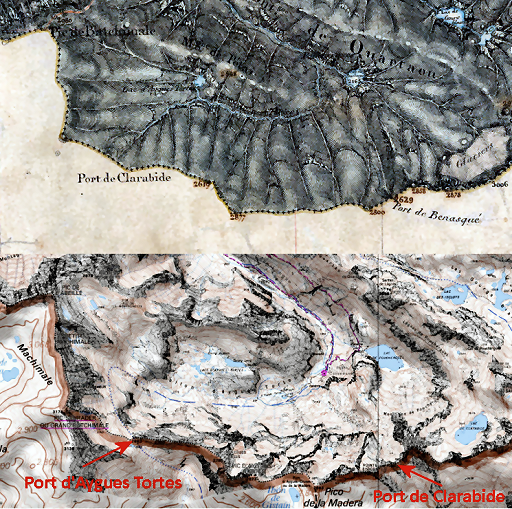

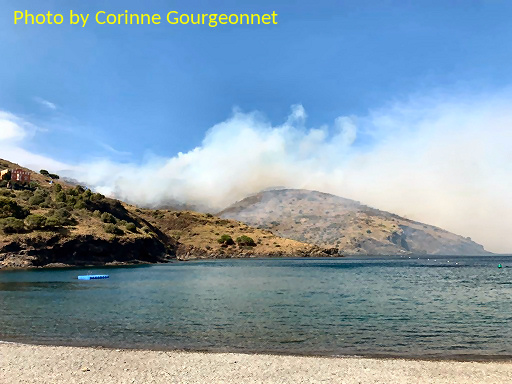
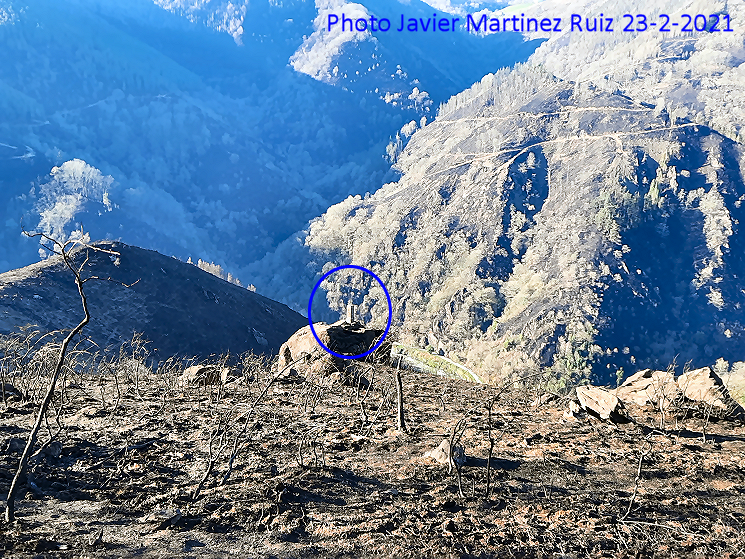

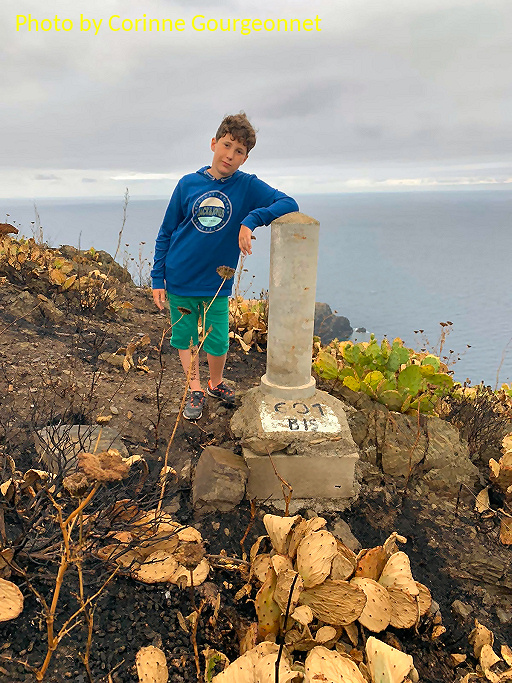

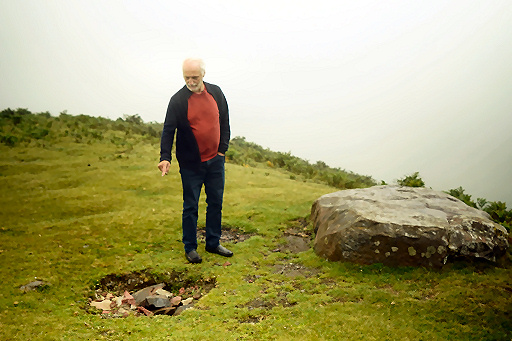


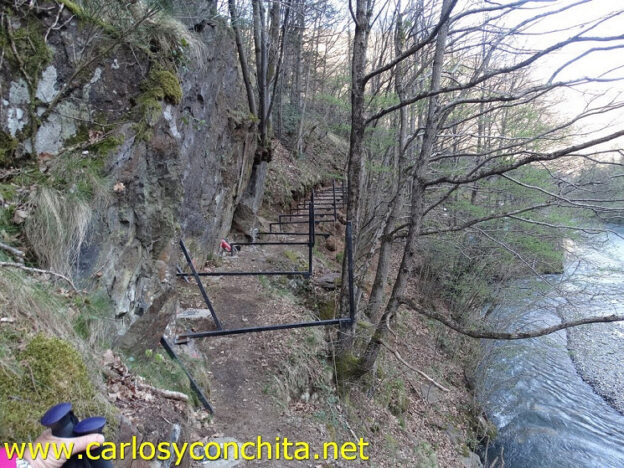
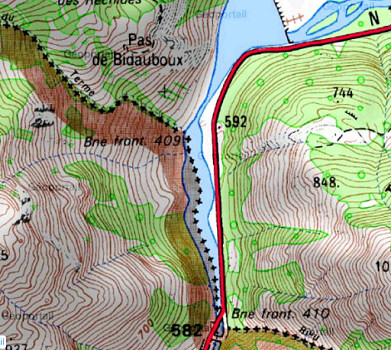
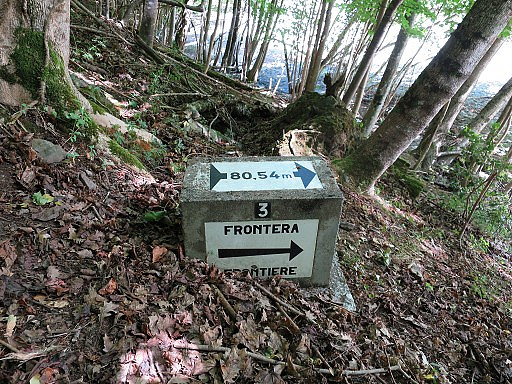
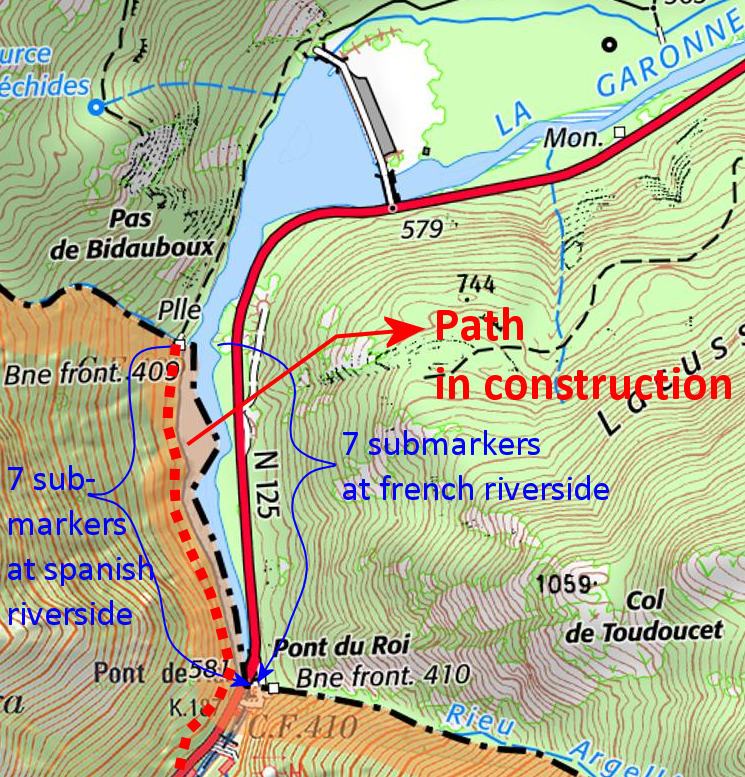
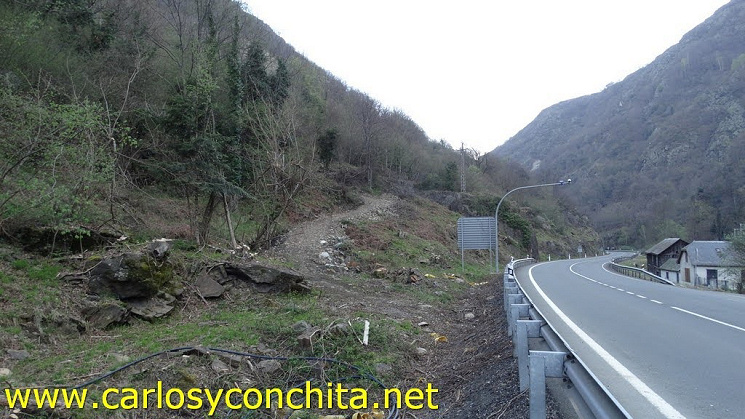
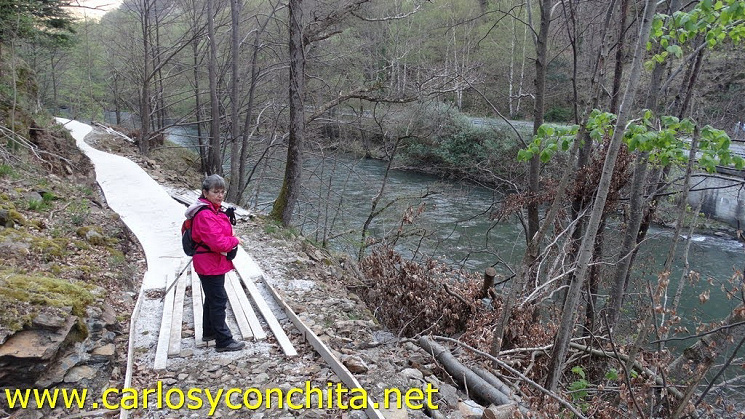 Further on we see how the concrete path-in-construction looks like.
Further on we see how the concrete path-in-construction looks like.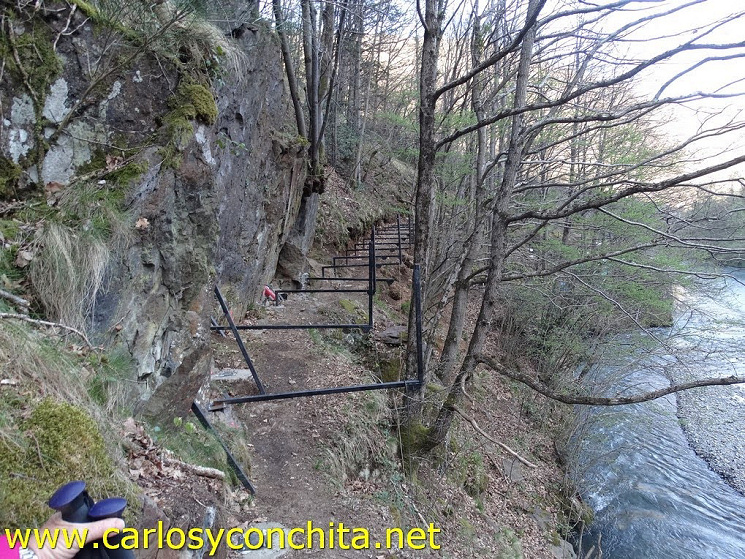 At the narrow parts, they are working at these kinds of constructions.
At the narrow parts, they are working at these kinds of constructions.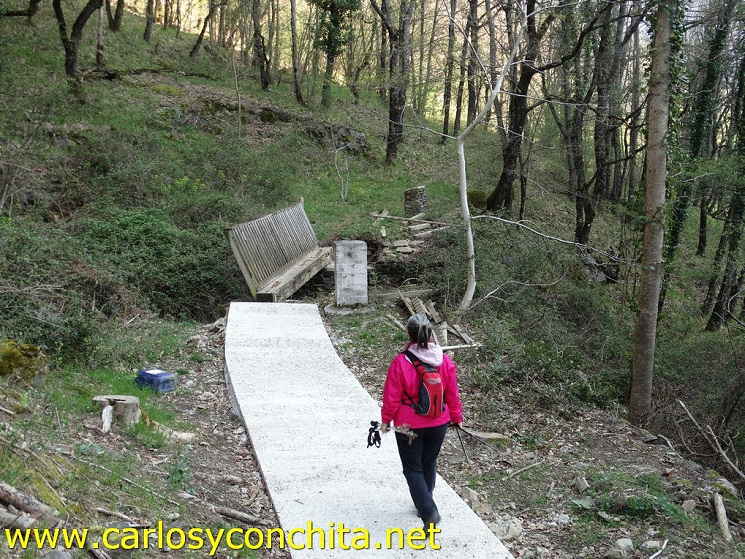 The concrete path is ending at bm409, with no sign of an extension north on French territory.
The concrete path is ending at bm409, with no sign of an extension north on French territory.